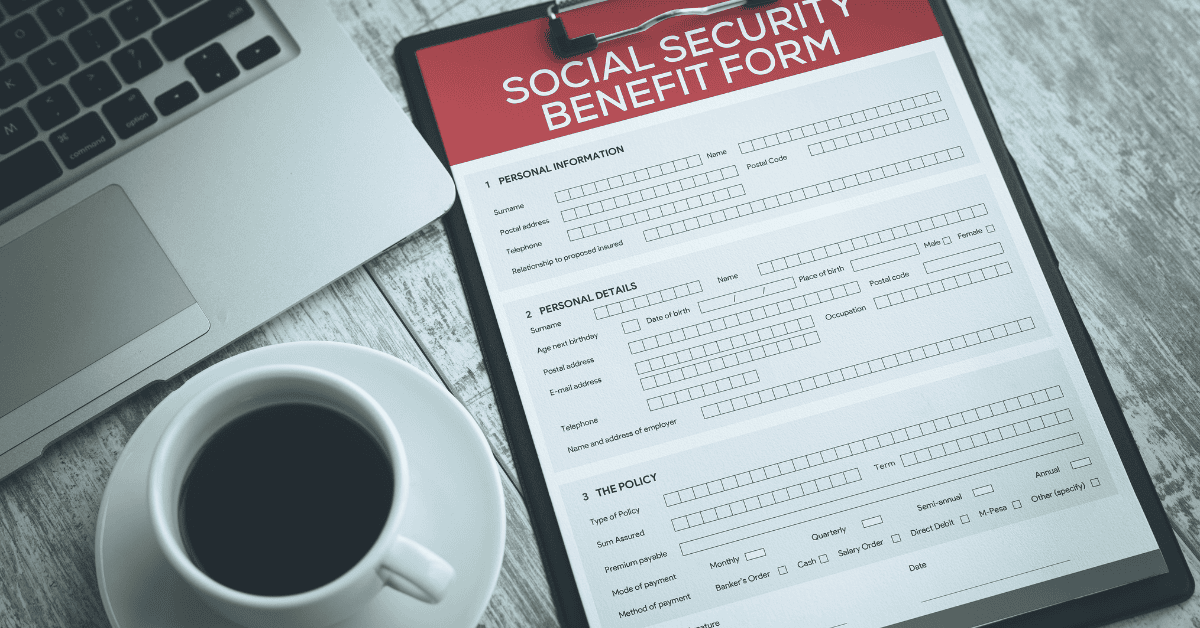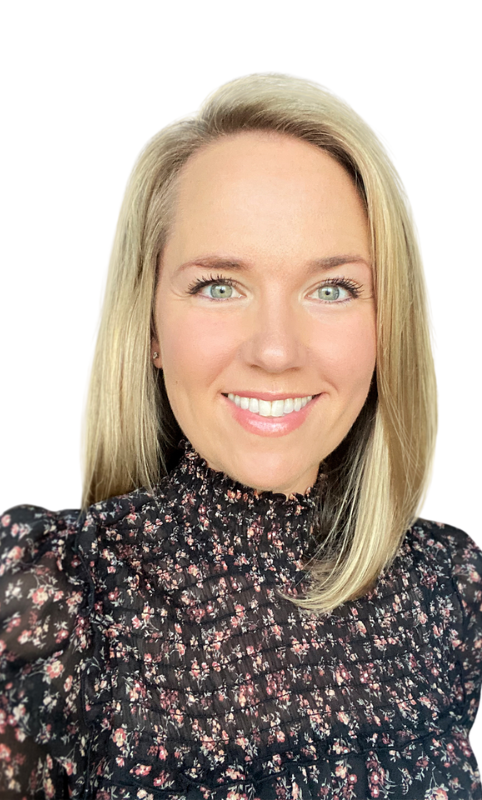Stick to your savings plan.
The number-one building block for a secure retirement is building up your retirement nest egg as much as possible. Unfortunately, this is also the number-one shortcoming of most Americans. While more than half of Americans report having a retirement savings plan, less than half believe they’ll have enough saved to live comfortably in retirement. So, if you’ve got an IRA, put in as much each year as you can. If you have access to a workplace plan like a 401(k) or 403(b), try to allocate as much as possible (and it’ll hurt less, since such plans are payroll-deducted).
Define your retirement vision.
What’s most important to you? Travel? Creating memories with grandkids or other loved ones? Volunteering for a significant cause or organization? Starting a second career or creating a part-time “side hustle”? Focusing more time on a cherished hobby? Whatever you envision as the most important way to spend your time in retirement, give some thought to how that will look when you’re no longer going into the workplace daily. Discuss it with your spouse or other important people in your life. Have a clear plan for how you’ll make your retirement vision a reality (including how you’ll fund it).
Get your estate plan in order.
As you move into retirement, make sure that you’ve clearly defined your wishes for what happens to your estate upon your passing. If you don’t have a will or it hasn’t been updated in years, now is the time to take care of that vital piece of business. You also need to make sure your healthcare directive (living will) and powers of attorney are current and that your executor, your spouse, and other important people know where they are.
Set your Social Security strategy.
For most Americans, Social Security is an important source of retirement income. But you need to take some planning steps and make some decisions in order to get the most from this benefit. If you haven’t already, set up your free online Social Security account. This will provide you with some important tools for planning and making decisions. You can start receiving Social Security income as early as age 62, but the longer you wait, the more your monthly benefit will be. If you can wait until age 70, you’ll get the maximum monthly payout. Consider your circumstances and decide when it makes the most sense to file and begin receiving Social Security income.
Take account of your resources.
As you approach retirement, you should start assessing your various retirement accounts, both tax-favored (like IRAs and 401(k)s) and taxable (like investment and savings accounts). How much income will you be able to generate from your various sources, including Social Security and any pensions you may be entitled to receive? How does that stack up with your monthly income needs? Having a good overview of your available income resources will help you approach retirement with less worry and more confidence. And if there’s a shortfall, you have some time between now and your retirement date to put in place a plan to make up the difference. Also, don’t forget about non-monetary resources, such as real estate, collectibles, or a hobby or talent that could be employed to create an income stream. By the way, this is one place where a qualified, fiduciary financial planner can be of tremendous assistance, helping you get a clear picture of your financial situation and helping you project your likely needs in retirement. To get more information on how a financial planner can help, please read our article, “What Is a Certified Financial Planner ® Professional?”
Consider your healthcare needs.
It should come as no surprise that paying for healthcare in retirement is always near the top of the list of concerns for retirees and those preparing for retirement. As you approach retirement, start finding out about Medicare: when you should apply, what is covered, how much it will cost you per month. You can get a good start at the Medicare website. Do you need to think about long-term care insurance (LTCI)? And don’t forget the importance of taking care of your health right now. Doing some “preventive maintenance” now can save you a lot of money and worry in later years. It’ll also give you more time to do the things you love with the people you care most about.
Set up your retirement budget.
This goes along with Steps 2 and 7 above, but it bears specific mention. As you consider your likely sources of income and your expenses, set up a plan for your monthly spending in retirement. Be sure to allocate sufficient funds to the priorities you identified in your retirement vision.
Shed as much debt as you can.
Speaking of your monthly budget, the less debt you carry into retirement, the less “drag” on your desired lifestyle. Many people focus on having a paid-for home as they enter retirement. And of course, you’ll want to reduce your credit card and other revolving debt as much as possible. It may not be possible to eliminate debt entirely, but keeping it as low as possible will take a lot of pressure off your monthly cash flow.
Build your emergency fund.
Let’s face it: even in retirement, things happen. A major appliance gives up the ghost; a car wears out and needs to be replaced; the home needs an expensive repair. The best way to keep the unexpected from upending your retirement budget is to create or beef up your emergency fund. Most experts say that it’s a good idea to keep 3 to 6 months’ worth of income in a liquid interest-bearing account that can be accessed without tapping into your other sources of income.
Review this list and update as needed.
As you get closer to retirement and when it starts, you need to keep going over this list and making changes to accommodate your changing circumstances. This is another place where a qualified, professional financial planner can help, working with you to evaluate your situation and needs and help you plan for your most important priorities.
At Mathis Wealth Management, we know the ingredients for a satisfying, secure retirement. If you’re wondering how to get started making your own “top 10 list,” or you’re wondering if your list needs to be updated, give us a call. We’d love to help you make plans today for a better tomorrow.












